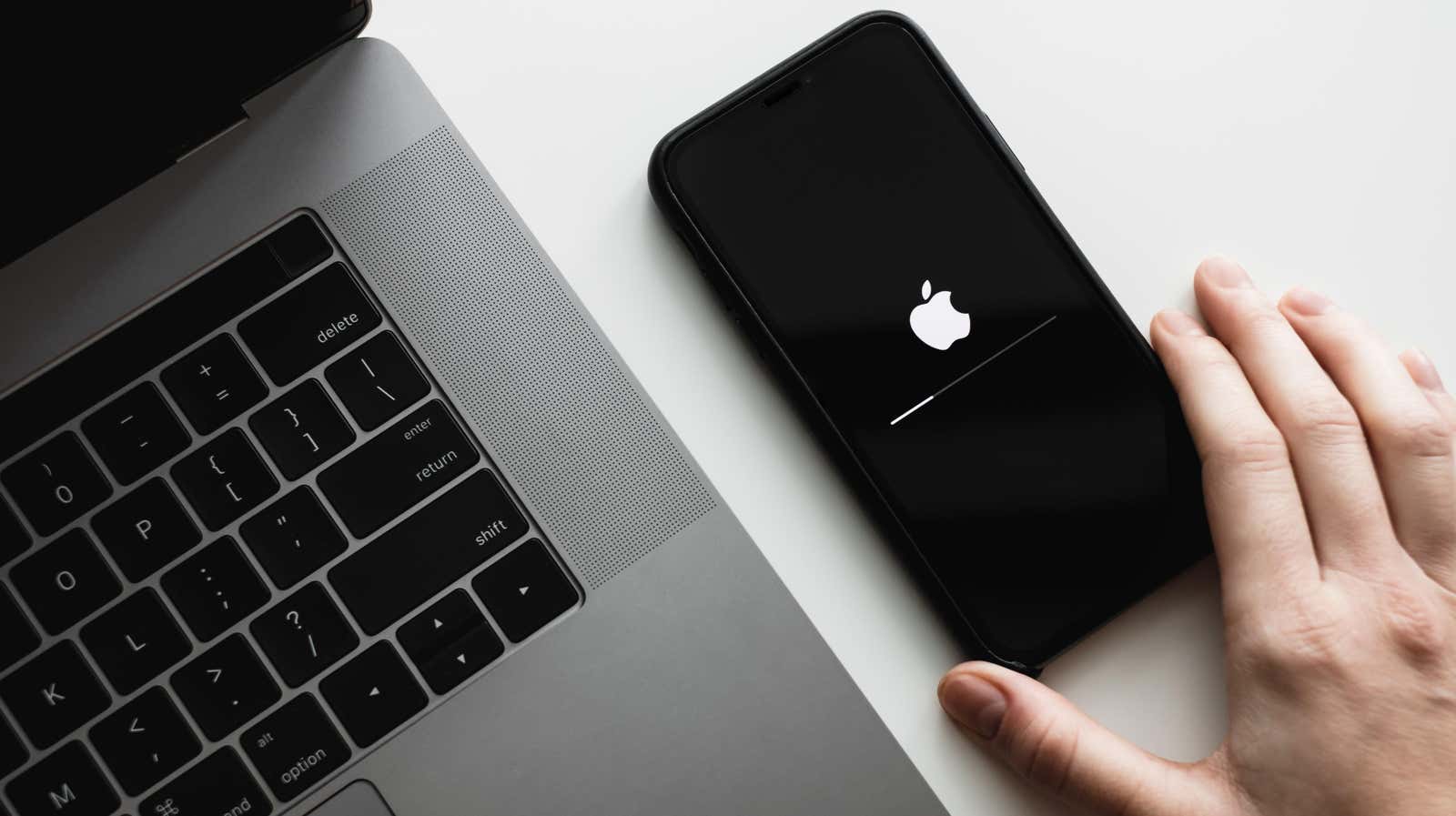Why Does Your IPhone Take so Long to Automatically Install Updates

If you rely on your iPhone’s ” Automatic Updates ” feature to download and install new versions of iOS, you’ll have to wait a while for the next update. You might not notice until someone sends you an emoji you can’t see, or until you’re teased by that red pop-up in settings telling you that a new version is available. Which begs the question: why doesn’t your iPhone automatically install new updates as soon as Apple releases them?
On iPhone, software updates mean more than just new features. Unlike other platforms, Apple doesn’t separate feature updates from security patches, but combines them into one single installation. This makes every new version of iOS important to download as soon as possible from a security point of view. For example, the latest iOS update, iOS 15.5, contains 27 fixes for security vulnerabilities found in previous versions of the software.
Apple releases new software updates for compatible iPhones around the same time for everyone: in theory, you can install a new update as soon as it’s released to the iOS community, but the automatic update feature does so with a delay.
Why Apple is delaying automatic updates on iPhone
Turns out it’s on purpose. According to Craig Federighi , senior vice president of software engineering at Apple, the company is waiting one to four weeks to roll out new updates to users who have automatic updates turned on. The idea is to make sure there are no obvious bugs in the software that could negatively impact the iPhones of millions of people. If such a bug were discovered, Apple could have disabled the update sooner, limiting collateral damage and fixing the bug to re-release the update later.
Of course, this strategy is not the only one used to eliminate errors. Each version of iOS goes through beta testing first, before the general public sees it. Beta testers, both developers and public testers, install an early version of the software on their devices and report any problems to Apple. Beta builds often go through multiple versions before release as Apple works with tester feedback to improve the experience.
Although beta testing is necessary for the development of any piece of software in general use, the pool of testers is not large enough to find any and all major bugs. While everyone has the option to manually download a new update when it becomes available, most of the community simply won’t do it, either because they have automatic updates turned on or because they don’t bother with updating at all.
This gives Apple the opportunity to conduct an unofficial second round of “testing”: if everything goes smoothly in a week, the company will begin rolling out the update to those with auto-update enabled. This rollout builds up over time, resulting in 100% availability in four weeks.
The fastest way to install a new iOS update on your iPhone
Unfortunately, there is no way to raise your place in the automatic queue: whenever Apple decides to roll out an update to your device, it will update itself. If you want to keep your iPhone up to date, you will have to manually check for new updates and install them yourself. To do this, you can go to Settings > General > Software Updates .
If you stick with automatic updates, make sure “Download iOS Updates” and “Install iOS Updates” are enabled in Settings > General > Software Updates > Automatic Updates . The former will only download new updates to your iPhone, but won’t actually install them until you do it yourself. In this case, it doesn’t matter when Apple releases an automatic update for your iPhone – it will wait forever for your actions.